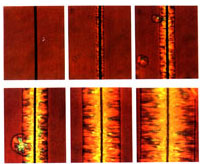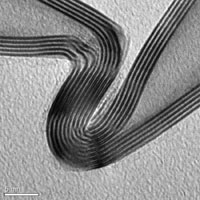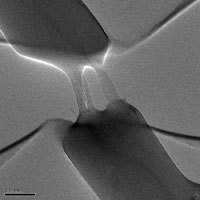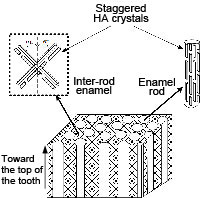Composites are materials that combine two or more separate components into a form suitable for structural applications. While each component retains its identity, the composite material displays macroscopic properties superior to its components taken individually, particularly in terms of mechanical properties. Moreover, two-dimensional micro/nano structures such as surfaces, interfaces, and interphases have a profound influence on the physics and mechanics (stress transfer, deformation, fracture) of composites of any kind.
With core expertise in the mechanics and physics of materials, the research team of Daniel Wagner is conducting experimental and modeling work to understand and optimize the mechanical behavior at the micro- and nano-scale of synthetic and biological composites. The team is trying to address fundamental questions: How do specific composites (composites with a given microstructure) function? How to mimic Nature’s intricate (hierarchical, multi-scale) materials and their properties? What are the roles of scale, symmetry and geometry? How to develop techniques for “nanomeasurements”? Which experimental approach to adopt for the development of new composite materials?
Specifically, our activities concentrate on: (Click on each picture to see an enlargement.)
-
Micro-fiber composites
Carbon Fiber in Polypropylene:
growth of a transcrystalliine
interphase at 131 deg CTypical fiber Fragmentation Pattern
in a single-fiber composite test
-
Nanotubes and nano-composites
Five-wall Carbon Nanotube Fractured PMMA Nanofiber
reinforced with SWNT Bundles -
Biological composites
The main emphasis and common thread between the various projects is the uncovering of phenomenological and mechanical similarities between apparently different materials families possessing fibrous or platelet-like reinforcement characteristics.
Staggered biological tissues Nano-indentation of bone lamellae
Biological model of enamel









